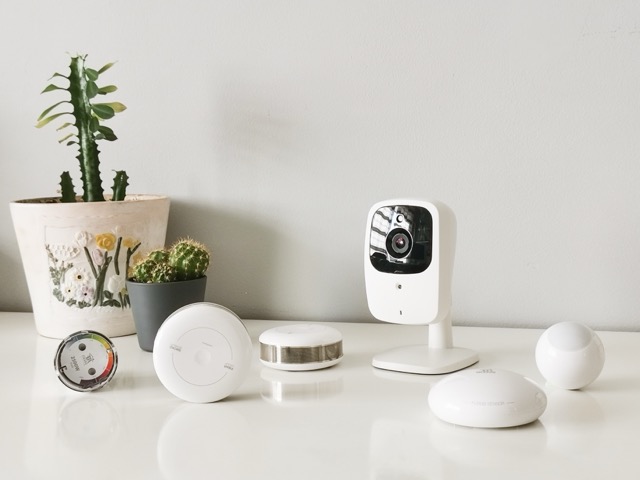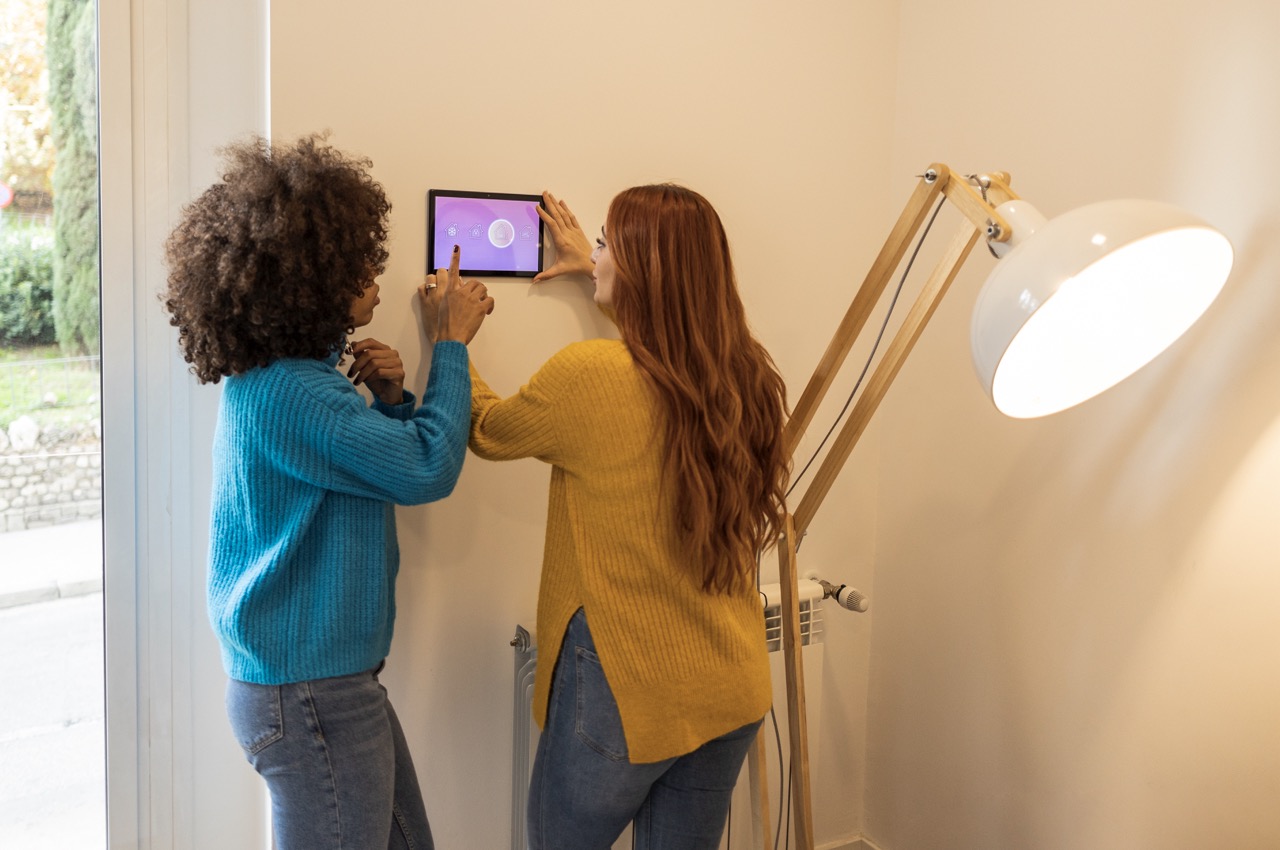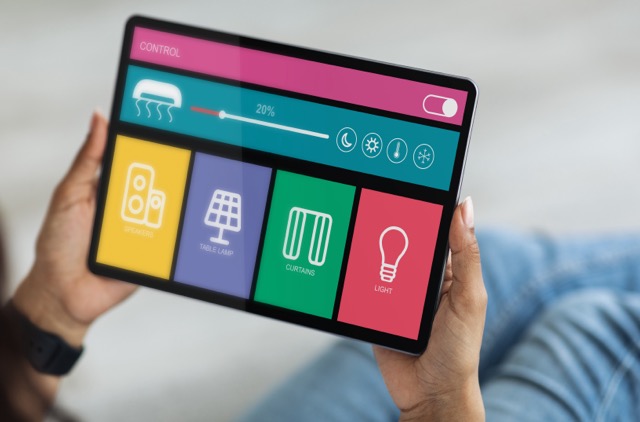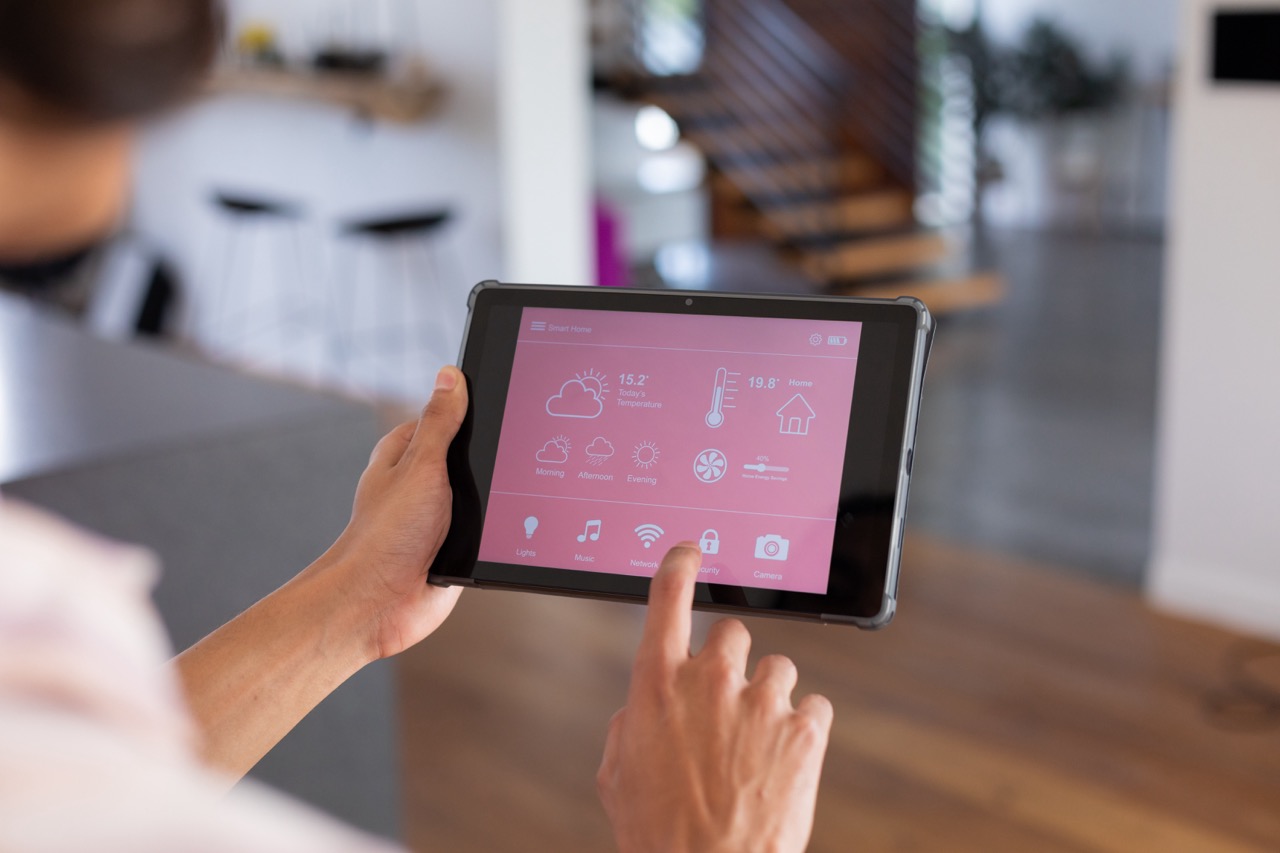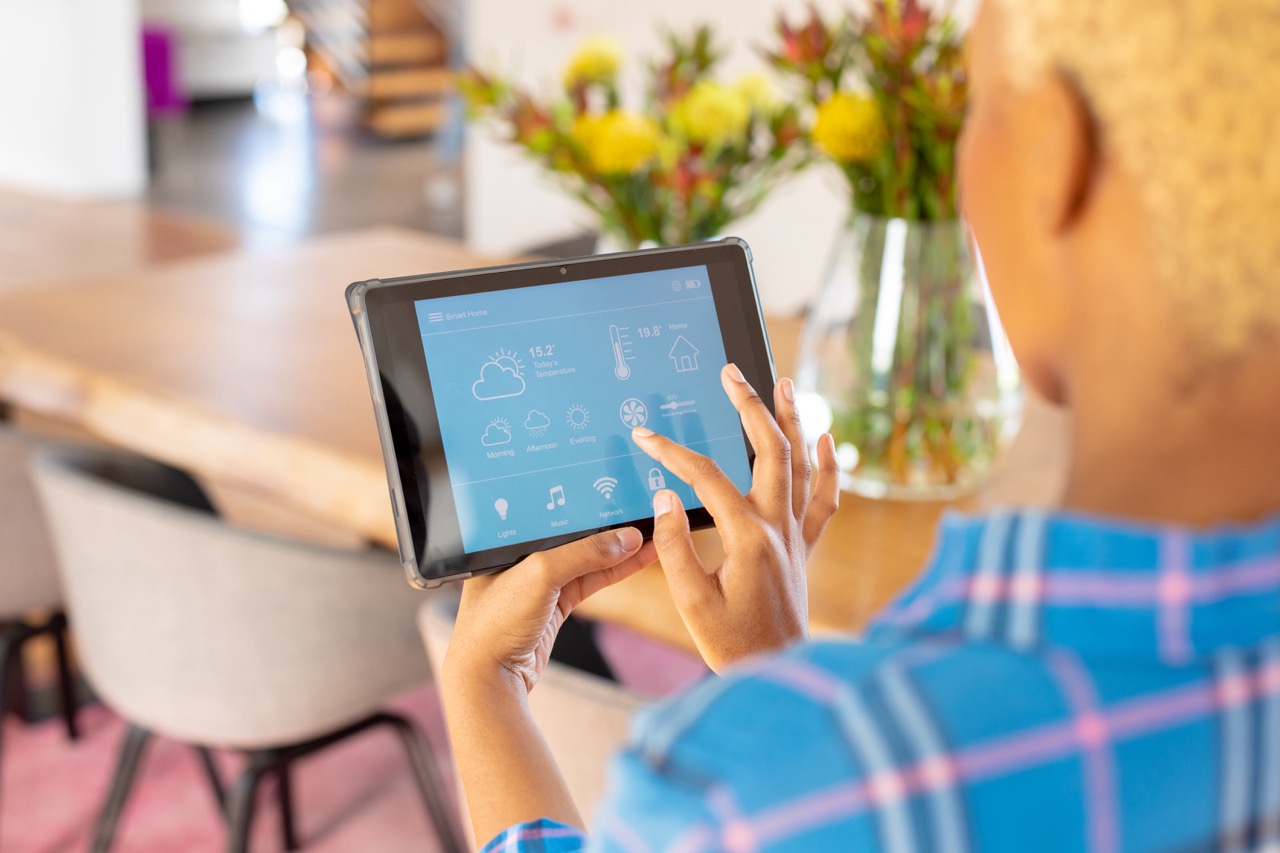Smart home security has become a crucial component of modern living, offering enhanced protection through technology. As homeowners increasingly adopt these systems, understanding the intricacies of smart cameras, sensors, and alarms is essential. This article provides a detailed exploration of the various aspects of smart home security, from the selection of the right devices to their integration and setup. Whether you are a tech-savvy individual or a novice to smart homes, this guide will assist you in making informed decisions to ensure your residence is safe and smartly secured.
Evaluating the Best Smart Home Cameras
When selecting smart home cameras, image quality and connectivity are paramount. High-definition cameras with 1080p resolution or higher ensure detailed images that are crucial for identifying intruders. Additionally, look for cameras with night vision capabilities to maintain surveillance effectiveness after dark. Connectivity options such as Wi-Fi and compatibility with smartphone apps are essential for real-time monitoring and alerts. Cameras with cloud storage options offer added convenience, allowing homeowners to access footage from anywhere, but it’s important to consider the privacy and security policies of cloud services.
The placement of cameras around your home is as vital as the camera’s specifications. Outdoor cameras should be weather-resistant and cover entry points, driveways, and gardens, while indoor cameras are best placed in common areas and hallways. Both should offer wide-angle views to maximize coverage. Some advanced models feature motion tracking and facial recognition technology, enhancing the security level by distinguishing between known occupants and strangers.
Finally, consider the ease of use and integration with other smart home systems. Cameras that support integration with systems like Google Home or Amazon Alexa provide a seamless security experience. User-friendly interfaces on apps not only make it easier to monitor your home but also to configure settings according to your needs, such as setting up activity zones or privacy modes.
Choosing the Right Sensors for Your Home
Sensors are the backbone of any smart security system, detecting unauthorized entry and environmental hazards. Door and window sensors are the most common, designed to trigger an alarm or send a notification if an entry point is breached. These sensors are typically easy to install and can be placed on any door or window. For enhanced security, consider adding glass break sensors, which detect the frequency of breaking glass and alert homeowners to potential break-ins through windows.
Apart from intrusion sensors, environmental sensors play a crucial role in safeguarding your home against hazards like fires, floods, and carbon monoxide. Smoke detectors and carbon monoxide sensors are life-saving additions that can also be integrated into a smart security system, providing real-time alerts and the ability to initiate emergency protocols automatically.
When choosing sensors, evaluate their compatibility with your main security hub and other devices. Wireless sensors offer flexibility and easier installation without the need for extensive wiring. Furthermore, consider the battery life and maintenance requirements to ensure your sensors remain functional and effective over time.
Understanding Different Alarm Systems
Alarm systems serve as the audible and visible deterrent against unauthorized access and help in alerting the authorities in case of an emergency. The traditional unmonitored alarm systems, while cost-effective, rely on the premise that the loud siren will deter intruders and alert neighbors. However, monitored alarm systems, though more expensive, offer peace of mind as they are connected to a service that can contact emergency services if activated.
Smart alarms go a step further by integrating with your overall smart home ecosystem. These systems can be controlled remotely via apps, allowing homeowners to arm or disarm their system from anywhere. They also provide real-time notifications and can be set to different modes based on whether you are at home or away, ensuring that security is always tailored to your needs.
When selecting an alarm system, consider the level of security and convenience it offers in conjunction with your lifestyle. Systems that allow for the integration of cameras, sensors, and even smart locks offer a comprehensive security solution that enhances protective measures across your property.
Integrating Your Security Devices Effectively
Effective integration of smart home security devices ensures a cohesive and responsive system. Central to this integration is the use of a smart home hub, which connects various devices and allows them to communicate with each other. When selecting a hub, ensure it is compatible with all your devices and supports the necessary protocols like Zigbee, Z-Wave, or Wi-Fi.
The configuration of your devices should be strategic to cover all potential vulnerabilities in your home. For instance, cameras and sensors should be set up to complement each other, providing overlapping coverage that leaves no blind spots. Automations, such as turning on lights when motion is detected, can further enhance security and deter potential intruders.
Moreover, the use of scenes and routines can automate how devices react in different situations, such as arming the alarm and turning off all lights and electronics when you say "goodnight" to your virtual assistant. This not only improves security but also adds a level of convenience and efficiency to your daily life.
The Pros and Cons of DIY vs Professional Setup
DIY smart home security setups are increasingly popular due to their lower cost and flexibility. Many modern systems are designed with the consumer in mind, offering straightforward installation and user-friendly interfaces. This approach allows homeowners to customize their system based on specific needs and make adjustments over time as those needs change.
However, DIY setups may lack the thoroughness and expertise that professional installations offer. Professionals can assess your home’s specific security needs, recommend the best equipment placement, and ensure that all components are integrated properly for optimal functionality. They can also offer ongoing support and maintenance, which can be invaluable for complex systems.
Ultimately, the choice between DIY and professional setup depends on your comfort with technology, the complexity of the system, and your budget. Consider the long-term benefits of each option and decide which aligns best with your home security goals and lifestyle.
Future Trends in Smart Home Security
The future of smart home security looks promising with advancements in AI and machine learning. These technologies are expected to improve the accuracy of security cameras in detecting and responding to unusual activities, distinguishing between false alarms and genuine threats. Facial recognition is becoming more sophisticated, potentially allowing systems to not only detect individuals but also analyze their behavior and emotions for enhanced security assessments.
Integration with the Internet of Things (IoT) continues to expand, making smart homes even smarter and more interconnected. Future security systems might control almost every aspect of home management, from locks to lighting, all tailored to individual habits and preferences.
Lastly, as cybersecurity concerns grow with increased connectivity, the development of more secure encryption methods for transmitting and storing data is critical. Maintaining privacy and security in a smart home will necessitate ongoing updates and possibly new standards for device communication to safeguard against breaches.
In conclusion, smart home security is a dynamic and evolving field that blends technology with traditional security measures to provide enhanced protection for your home. Whether you opt for a DIY setup or a professionally installed system, the wide range of cameras, sensors, and alarms available today can be tailored to meet your specific security needs. As technology advances, staying informed about new developments and trends will ensure that your smart home remains both safe and convenient, aligning with the modern homeowner’s lifestyle and expectations.






